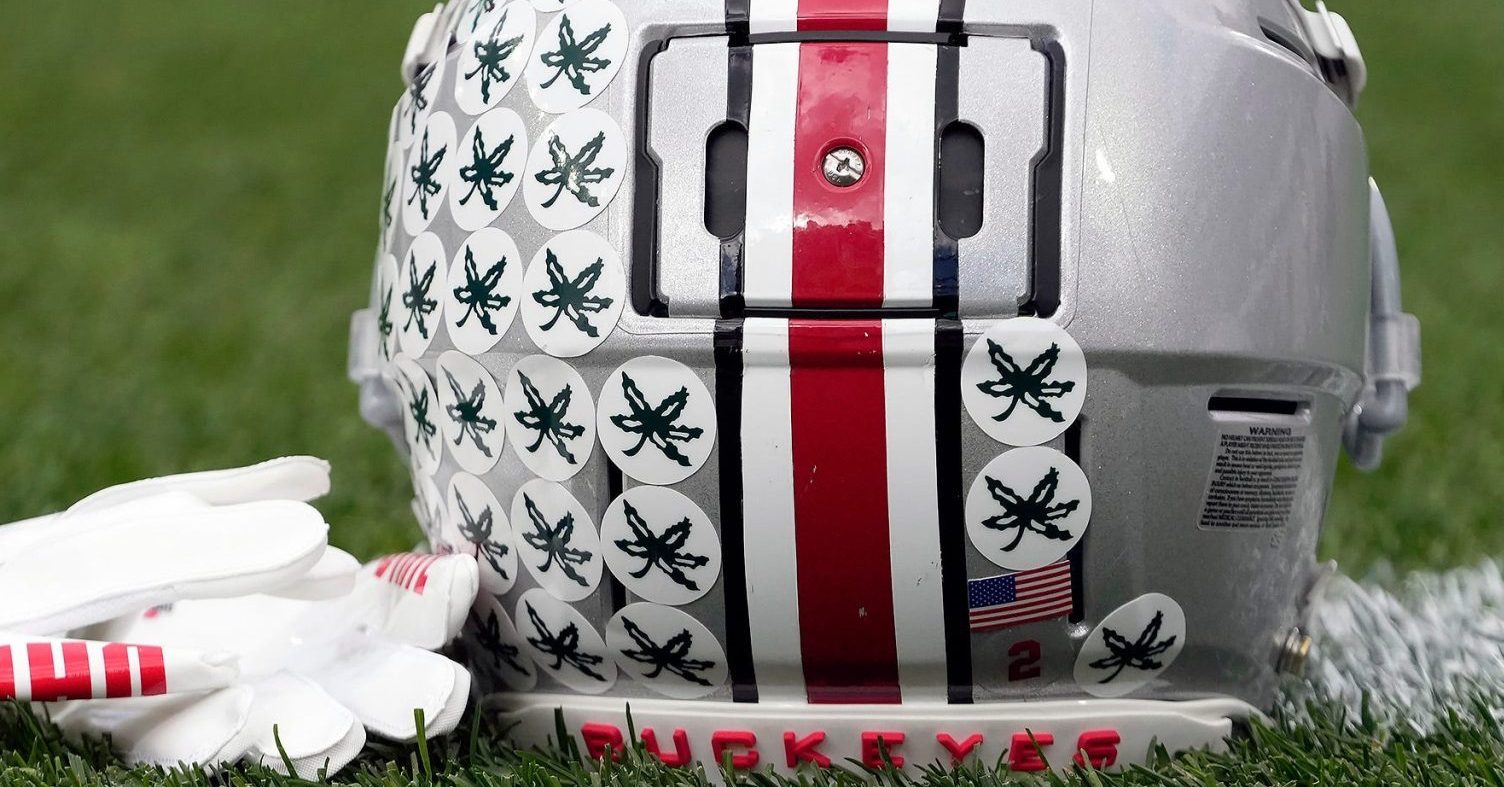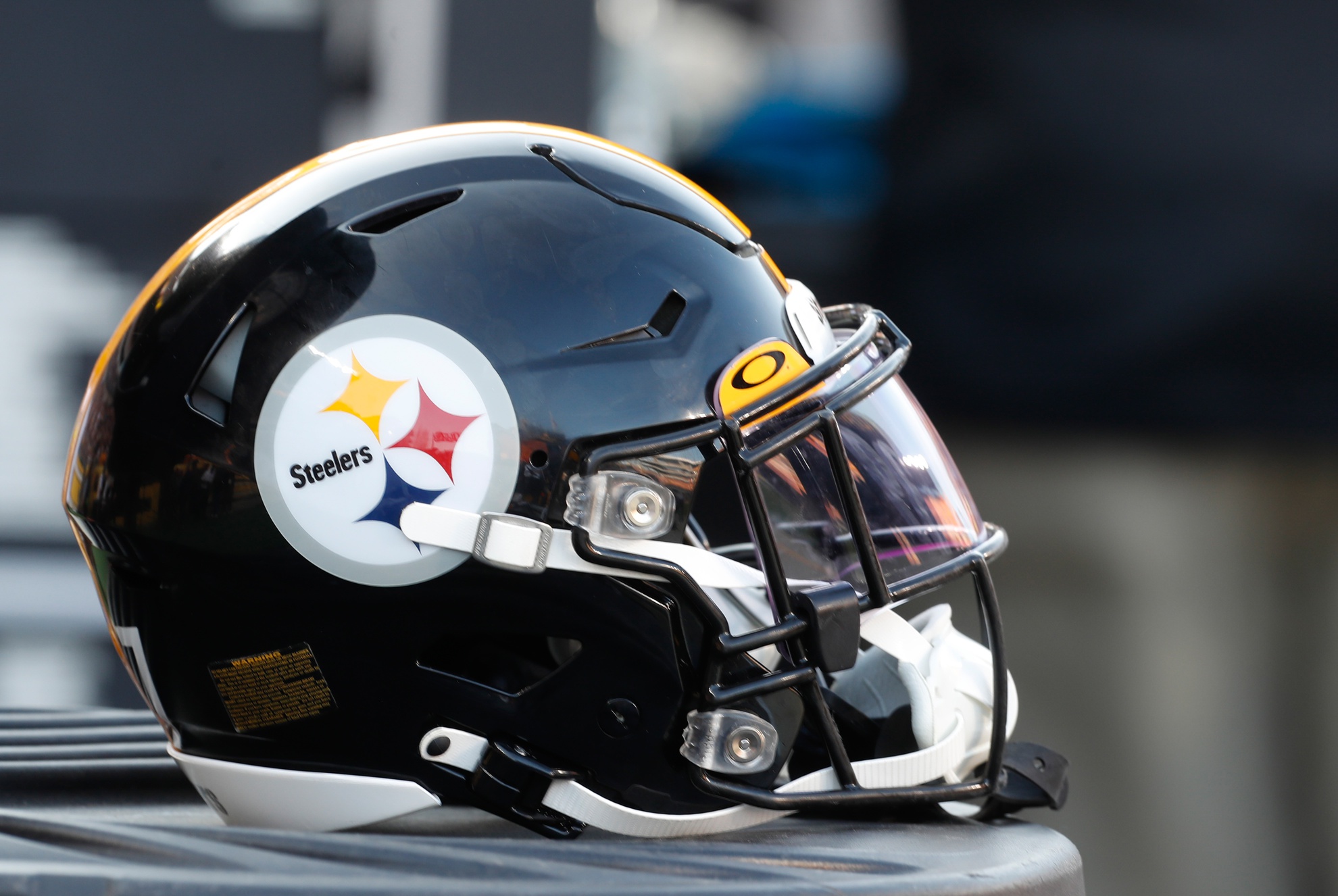
Steve Sarkisian. Seriously, Pat Haden?
Talk about a healthy dose of ‘meh’ to start what I expect will be a fairly brief chapter in the arduous odyssey that has been USC Trojans football over the past two years.
A hire that everyone and their mother expected to be a game-changing hail mary became more of a halfback draw for six yards, leaving Trojan fans scratching their heads.
Not only was the Sarkisian hiring merely a small step forward, it resulted in the departure of Ed Orgeron, who led USC to a 6-2 record as the interim coach. Though suffering losses to its biggest rivals in Notre Dame and UCLA, Orgeron turned a seemingly lost season into one of promise, leading USC to victories over staunch conference rivals during a five-game winning streak that included an upset of #4 Stanford.
Sarkisian, like Kiffin, was an assistant coach under Pete Carroll for the better part of seven years and took over offensive coordinator duties from Kiffin when the latter departed to become the Oakland Raiders head coach.
Like Carroll, Sarkisian got the hell out of dodge and became Washington’s head coach before the NCAA’s banhammer rained fire on the school and imposed crippling sanctions, many of which USC is still feeling today.
Aside from a couple of victories over USC, Sarkisian’s tenure in Seattle was largely ho-hum. After the Huskies went 5-7 in Sarkisian’s first year (impressive considering their 0-12 record the previous year), the team was unable to improve dramatically, posting three consecutive 7-6 records and an 8-4 record for the 2013 season. When Washington hired him they were expecting Sarkisian’s program to compete at the top of the conference, but performed mediocre at best against Pac-12 opponents.
Sarkisian isn’t a bad coach and he would be welcomed at a great many programs, but he’s not the guy to lead a storied and legendary program like USC.
I don’t claim to be an expert on coaching fits made through ‘football decisions’ but my biggest problem with this hire is that Haden is decisively backpedalling into the same culture that resulted in USC’s recent suffering. When Haden replaced Mike Garrett as Athletic Director in August of 2010 he was expected to navigate the school out of darkness and overhaul the negative image associated with its recruiting transgressions.

Instead, he hired Lane Kiffin. Then he hired Lane Kiffin 2.0.
That’s right. The problem with USC isn’t the coaches, but the person hiring them: Pat Haden. It’s as if he’s so scared of the unknown – bringing someone in from the outside – that he’s perpetuating a vicious cycle.
To date, none of Pete Carroll’s assistants that went on to bigger roles have seen success. After Sark is fired, who’s next? DeWayne Walker? Norm Chow? Maybe Nick Holt?
Walker went 10-40 as the head coach of New Mexico State from 2009 to 2012, Chow most recently is 3-20 as Hawaii’s head coach, and Holt ran a Washington defense under Sarkisian that was nearly dead last in the FBS in 2011. Orgeron himself is a smart coach and the players like him, but he’s likely not a long-term solution.
These guys aren’t bad coaches, but they’re missing the magic that the Pete Carroll Trojans had during this 83-19 run as the USC head coach (97-19 counting the vacated wins from the 2005 season).
“Sarkisian knows the program, he knows the system, he knows how it works” is what Pat Haden was thinking when he hired him. But that’s just the problem. This isn’t 2005, 2006, or even – wait for it – 2007! Different players, different personnel, different competition. Under Carroll, USC dominated the Pac-12 in all aspects of the game: coaching, recruiting, game strategy, development, etc.
When the sanctions hit, USC lost not only many of its coaches and placement in the standings, but its future commitments. De’Anthony Thomas decommitted and instead went to Oregon where he ran all over the conference. Stanford and UCLA especially benefited from USC’s downfall and have reached monumental heights in the recent years with the help of poached potential USC commits.
UCLA went from the #45 recruiting class in 2011 to #8 in 2013, landing the nation’s most four-star recruits with 17. Stanford and Oregon also saw improvements in recruiting. Basically, under Carroll there was no question California’s best talent was going to play for USC. After the sanctions, many recruits allowed themselves to be wooed by rival schools.
After seeing this change and instead of aiming for a coach that specializes in recruiting and player development, Haden went with the guy that manages a playbook.
Sarkisian has had very limited success developing NFL players – only seven during his tenure at Washington have been drafted – a very small number for a program in a power conference, though he’ll see a boost this year with offensive players in quarterback Keith Price and running back Bishop Sankey entering next year’s NFL draft.
If Haden wanted to make a splash in hiring his “Six Million Dollar Guy” he should’ve gone in a much, much different direction.
The top names considered for the heir apparent to Kiffin’s vacated throne were:
- Chris Petersen, Boise State
- James Franklin, Vanderbilt
- Kevin Sumlin, Texas A&M
- Jack Del Rio, Denver Broncos (defensive coordinator)
- Steve Sarkisian, Washington (hired)
Sumlin signed a six-year extension with Texas A&M worth $5 million annually and Petersen withdrew his name from the running, leaving Jack Del Rio and James Franklin as the two best remaining remaining options. Of the two, James Franklin of Vanderbilt would have been the best choice in my opinion.
Why Franklin? He took a Vanderbilt team that was 4-20 in its previous two seasons, including 1-15 in conference play to a 23-15 record (11-13 in conference) over the next tree to become a worthy up-and-coming competitor in the SEC, arguably college football’s best conference.

Not only is Franklin noted for his player development – as is evident in Vanderbilt’s quick turnaround – he is highly regarded for his recruiting skills, recognition he earned during his time as an assistant at Maryland. During his three seasons at Vanderbilt, his recruiting classes went from being ranked 50th in 2011, 45th in 2012 to 19th in 2013, besting the likes of Oregon, Wisconsin, and Texas no less.
Coincidentally, Sarkisian’s previous three recruiting classes were ranked in the top 25, however he wasn’t able to translate them into successful development to the level that Franklin has in his short time at Vanderbilt.
Franklin is also a good fit because he’s new to the west coast.
Tommy Morris writes that Sarkisian has roots in California and can tap into them to successfully recruit Southern California’s best talent – that’s no guarantee. Sometimes a fresh outlook is needed for success. Remember, before Pete Carroll became the head coach of USC (save for a one year stint as University of the Pacific’s offensive coordinator in 1983) his ties to the west coast were virtually nonexistent – and he wasn’t even USC’s first choice.
Sarkisian’s relationship to USC and Southern California in general can very work to his benefit, but can also strongly work against him for those very reasons due to the increased pressure to ‘win now’.
USC needs someone from the outside, one divergent from the hot mess of the past couple years. James Franklin would’ve been the guy to bring it. I’m not saying Sarkisian will fail, but it won’t be a surprise if he does. I can see him busting out of the gate and contending for a Pac-12 championship in his first or second year, but will eventually regress.






